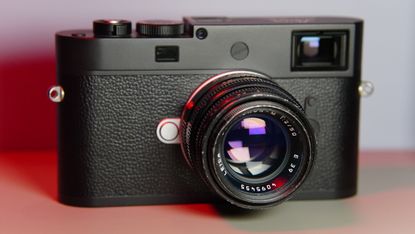Cameras
The latest Cameras breaking news, comment, reviews and features from the experts at T3
Explore Cameras
-
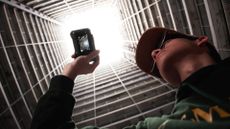
This Insta360 accessory turns your action camera into a full-fledged DSLR for only $84.99
Urban explorer vibes meet street shooter flair in Insta360’s latest stylish kit
By Matt Kollat Published
-
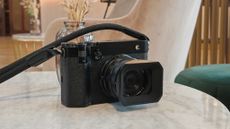
24 hours with the Fujifilm GFX100RF – my favourite feature caught me off-guard
I'd buy one just for this
By Sam Cross Published
-
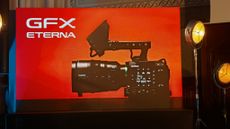
I've just seen footage from the Fujifilm GFX Eterna and I can't wait for this camera
And we won't have to wait long
By Sam Cross Published
-

New Fujifilm camera is the ultimate hybrid of a Leica Q3 and a Fujifilm X100VI
The Fujifilm GFX100RF is the compact camera for serious shooters
By Sam Cross Published
-
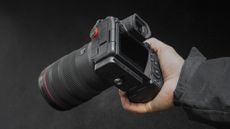
There's an ingenious and cheap way to make sure you never lose your camera
If you're worried about losing your expensive camera, this little device could help
By Chris Hall Published
-
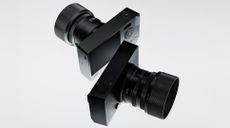
This sleek digital camera is a minimalist snapper's dream
Sigma's latest could have been designed by Teenage Engineering, it looks so cool
By Carrie Marshall Published
-
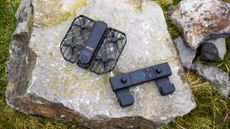
I put the fastest selfie drone to the test on my bike, and it refused to lose me
HoverAir’s X1 PROMAX can keep up with slow-moving cars, let alone me on the bike
By Matt Kollat Published
-
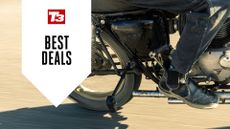
Best cheap GoPro deals for April 2025: Capture the savings
Because buying the best action cams shouldn't cost the earth
By Matt Kollat Last updated
-
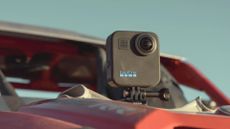
GoPro surprises with a refreshed MAX 360 action camera featuring an upgraded mounting system and improved battery life
The brand decided to soft-relaunch its 360° camera
By Matt Kollat Published
-
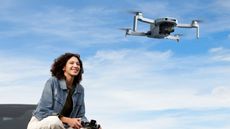
Potensic new 4K drone is light, AI smart, and flies longer than the DJI Neo
The Potensic ATOM 2 has potential – but how does it stack up against the juggernaut that is DJI?
By Matt Kollat Published
-

Best video conference cameras you can buy in 2025
Looking to add a webcam to your meeting room or small office? We’ve rounded up the best video conference cameras
By Richard Baguley Last updated
-
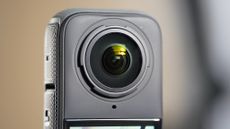
GoPro faces tough competition with Insta360’s powerful new cloud offering
Insta360’s cloud service lands in the U.S. with one (temporary) caveat
By Matt Kollat Published
-
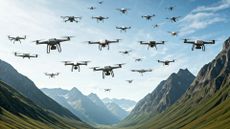
5 drone innovations I’d like to see in 2025 and beyond
Let's have more colour, longer flight times, modular cameras, drones that float and swarm technology
By Derek Adams Published
-
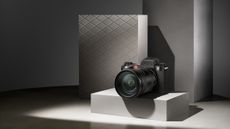
New Leica SL3-S might be the dream camera for most people
It's the ultimate modern Leica camera
By Sam Cross Published
-
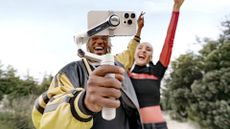
I tried the Insta360 Flow 2 Pro gimbal and it’s the ultimate tool for creators who want cinematic results
Next-level AI tracking and pro features make this gimbal a must-have for serious iPhone filmmakers
By Matt Kollat Published
-

DJI Flip vs DJI Neo: which is the ultimate beginner drone?
Does the Flip overshadow the smaller Neo, or are you better off giving it a miss?
By Matt Kollat Published
-
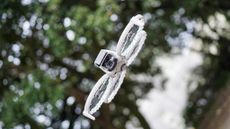
DJI Flip review: The ultimate beginner drone with pro-level performance
DJI Flip combines stunning 4K video, smart AI tracking, and extended flight time in a lightweight, beginner-friendly drone
By Matt Kollat Published
-
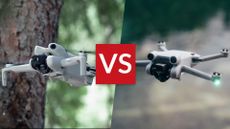
DJI Mini 4 Pro vs DJI Mini 3 Pro: A worthy upgrade or more of the same?
The Mini 4 Pro brings smart upgrades over the Mini 3 Pro, but are they enough to justify the upgrade? Here’s everything you need to know
By Derek Adams Last updated
-
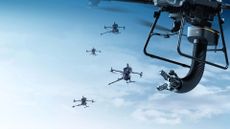
Massive drones with flexible robotic arms are here – amazing innovation or just plain unsettling?
Wisson Robotics new product explores the fine line between groundbreaking technology and disturbing design
By Matt Kollat Published
-
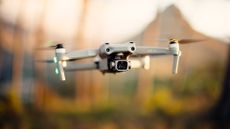
Best drone 2025: transform your perspective
Take to the skies with the best drones, offering stunning aerial photography, intuitive controls, and cutting-edge features for beginners and pros alike
By Matt Kollat Last updated
-

Best GoPro 2025: capture all the action like a pro
After extensively testing GoPro's lineup, I've identified the top models that excel in capturing action-packed moments. Here's the full list of the best GoPros.
By Matt Kollat Last updated
-

Best drones for beginners 2025: take to the skies with ease
Best beginner drones ranked: these high-quality, easy-to-use drones will have you airborne in no time
By Matt Kollat Last updated
-

I used the Sony A1 II to shoot a Premier League football match — here’s what I learned
Sony’s new flagship camera is made for sports photographers — but is it any good?
By Sam Cross Published
-
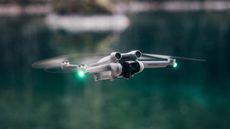
DJI Flip leak suggests a new take on foldable drones
Just remember: this drone folds, but it’s not origami – don’t push your luck
By Matt Kollat Last updated
-
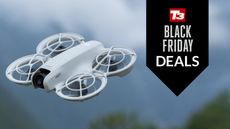
Is there a DJI Neo drone deal on Black Friday? Here's what I found
The brand's top-selling dinky drone might not be any cheaper for Black Friday, but there are a ton of exciting DJI offers to choose from
By Matt Kollat Published
-
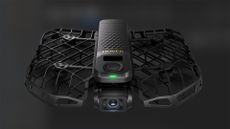
HoverAir's latest free software update makes its drones smarter, smoother, and more cinematic
With new creative tools, stability fixes, and performance enhancements, HoverAir's X1 PRO and X1 PROMAX just became the ultimate flying companions for drone enthusiasts
By Matt Kollat Published
-
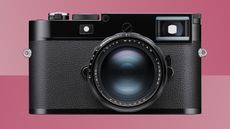
New Leica camera might be the most stylish model yet
Leica's are always good looking, but this one takes the cake
By Sam Cross Published
-
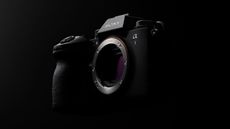
Sony A1 II embraces AI for a new age in cameras
The new flagship Sony camera looks like a total beast
By Sam Cross Published
-
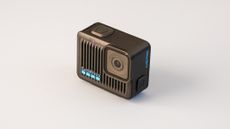
GoPro HERO review: budget action camera that gets the job done
With its lightweight build, beginner-friendly features, and impressive battery life, the GoPro HERO is a no-frills camera for everyday adventurers
By Matt Kollat Published
